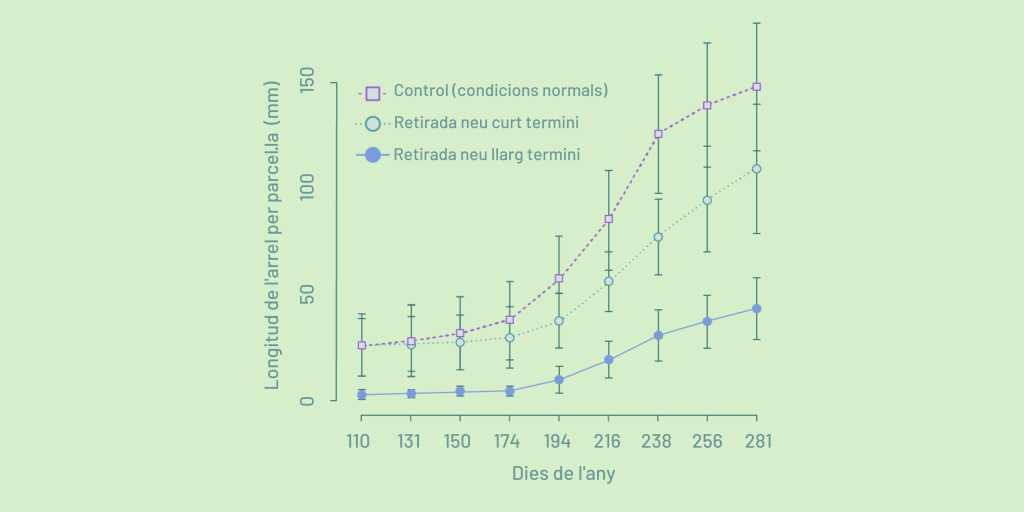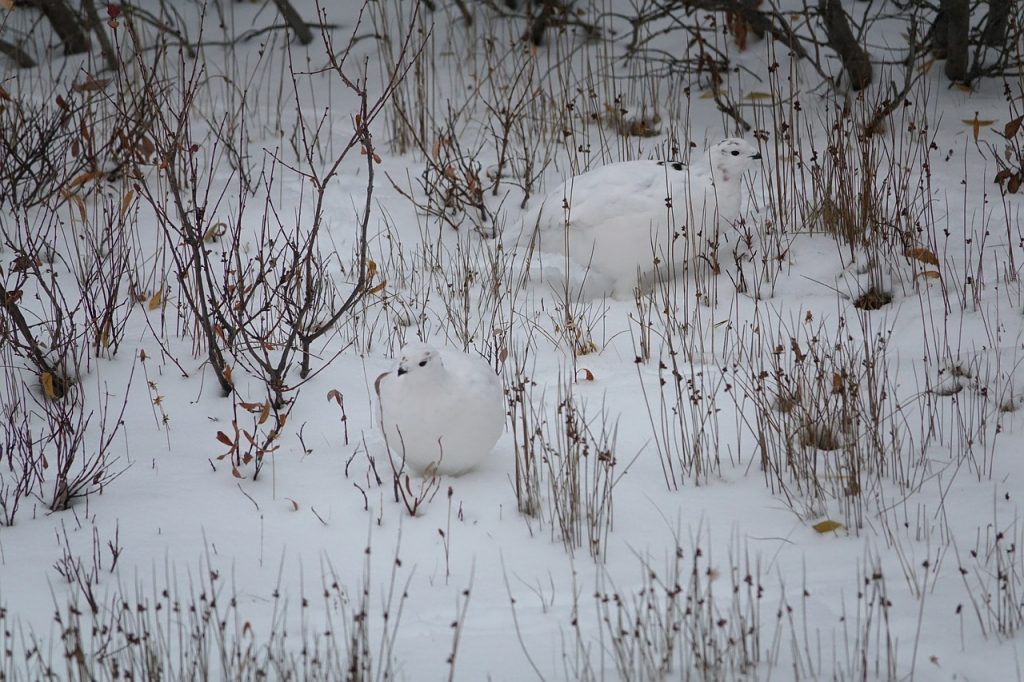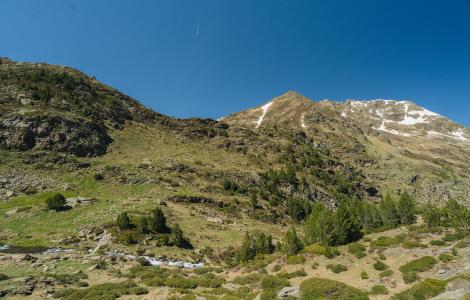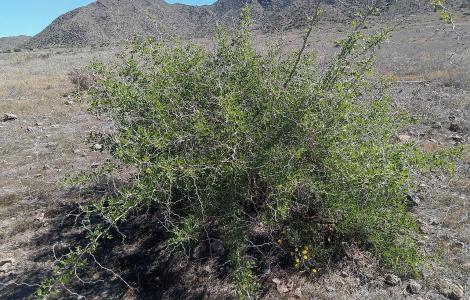How does snow affect nature?
If a random person were asked why they hoped for snow, they would probably say something about enjoying snowsports, finding snowy landscapes more picturesque, or having always dreamed of gazing out of a cottage window onto falling snowflakes. If the same question were put to Mother Nature, however, her answers would be more practical, as snow protects fauna, flora and soils in a number of ways. Nature’s need is much more primordial.
Let’s look at four of snow’s benefits for nature.
- Thermal insulation
Although we associate snow with cold, it is actually a good heat insulator, hence the use of igloos in the Arctic to shelter from the elements. Some animals also take advantage of the insulation snow provides to protect themselves from the cold. For example, studies show that marmots have a higher winter survival rate in years with more snow, because the burrows they hibernate in are better protected.
Plants benefit from snow’s insulating properties too: a covering of snow prevents them being exposed to intense cold or wind, which is especially important when they are in the bud stage and more vulnerable. Snow also helps plants maintain a stable temperature close to 0ºC, even if the external temperature drops lower.

- Protection for soil
Snow moderates soil’s temperature in winter and prevents it from freezing completely. Logically, then, rising temperatures and reduced precipitation mean less protection against frost for soil. Snow has been shown to provide thermal protection for soil in numerous studies, through experiments in which scientists remove snow from a section of soil and observe the temperature below falling over time.
A drop in soil temperature due to a lack of snow not only increases greenhouse gas emissions but also has a negative impact on the release of nutrients, the decomposition of organic matter, and microbial activity.
- Driver of adaptation
The presence of snow in many ecosystems throughout evolutionary history has led some species to adapt to it through natural selection. Well-known examples include the rock ptarmigan, the snowy owl and the polar bear, which have white plumage or fur to blend in with their surroundings. How would their camouflage work without snow?
In snow-covered ecosystems, temperatures also influence natural selection; for instance, animals like the Arctic fox have developed smaller extremities and ears to reduce the heat lost through them.

- Regulation of the planet’s temperature
Snow is very important for regulating Earth’s temperature. Its solidity and colour give it a very high albedo (it reflects almost 90% of incoming solar radiation). This helps regions whose snow cover is permanent or lasts for much of the year remain far cooler than those with a covering of bare ground, vegetation or water.







